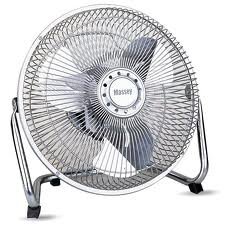We have had our wood stove for close to 3 years now and I just cant seem to understand how to get heat up to the main part of the house from where the stove sits. My house is really chopped up and where the stove sits, its not insulated very well and it has its own gas furnace system that is very old and expensive to use. So we put a stove down there in hopes of heating the whole house. If I burn hot and long enough, I can get SOME heat up there with the help of doorway fans. I would think that our stove should be able to heat most of our 2,000 sq' house. Granted its a bit chopped up and stupidly designed, it should be something that can be done in my mind. Someone told me to place a box fan on the floor to push air from the cold part of the house to the room with the wood stove....... I guess its suppose to create a loop of air. I tried that one year and it didn't really seem to help much in my mind.
I had this idea to cut a hole in the ceiling in the room with the stove and run a air duct tube to the main part of the house with a fan in between to help push it. The guy that installed the stove thought that the distance would be to long to get much of a benefit from it. I'd say its between a 20'- 30' stretch. If I can just get it to room 1, I'd be happy.
Well guys, i'm here for your help and advise. What do you guys think I need to do?
I attached a rough drawing of my house so you guys have a bit of an idea. It's not exact drawing but its the best of my capabilities.
I had this idea to cut a hole in the ceiling in the room with the stove and run a air duct tube to the main part of the house with a fan in between to help push it. The guy that installed the stove thought that the distance would be to long to get much of a benefit from it. I'd say its between a 20'- 30' stretch. If I can just get it to room 1, I'd be happy.
Well guys, i'm here for your help and advise. What do you guys think I need to do?
I attached a rough drawing of my house so you guys have a bit of an idea. It's not exact drawing but its the best of my capabilities.






